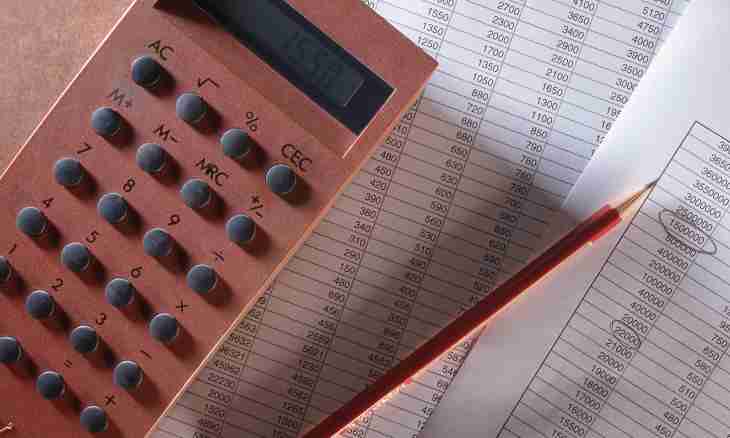If at school the pupil constantly faces number P and its importance, then students use some e equal 2.71 much more often. The number at the same time does not undertake from anywhere – most of teachers honestly count it directly during the lecture, without using at the same time even the calculator.
Instruction
1. Use the second remarkable limit for calculation. It is that e=(1+1/n) ^n where n is the integer increasing indefinitely. The essence of the proof comes down to the fact that the right part of a remarkable limit needs to be spread out through Newton binomial, the formula which is often used in combination theory.
2. Newton binomial allows to express any (a+b) ^n (the sum of two numbers in degree n) as a row (n! *a^ (n-k) *b^k) / (k! * (n-k)!). For descriptive reasons rewrite this formula on paper.
3. Carry out the transformation stated above for "a remarkable limit". Receive that e=(1+1/n) ^n = 1 + n/n + (n(n-1)) / (2! *n^2) + n(n-1) (n-2) / (3! *n3) + … + (n-1) (n-2)2*1 / (n! *n^n).
4. This row can be transformed, having taken out, for descriptive reasons, a factorial in a denominator for a bracket and having term by term divided numerator of each number into a denominator. Let's receive row 1+1+(1/2!) * (1-1/n)+ (1/3!) * (1-1/n) * (1-2/n) + … + (1/n!) * (1-1/n) * … * (1-n-1/n). Rewrite this row on paper to make sure that it has rather simple design. At infinite increase in number of members (i.e. increase n) the difference in brackets will decrease, the factorial facing a bracket will increase however (1/1000!). It is easy to prove that this row will meet to some size equal 2.71. It is visible also from the first members: 1+1=2; 2+(1/2)*(1-1/1000)=2.5; 2.5+(1/3!) * (1-1/1000)*(1-2/1000)=2.66.
5. Decomposition by means of generalization of a Newtonian binomial – Taylor's formulas is much simpler. Minus this way is that calculation is conducted through the exponential e^x function, i.e. for calculation e the mathematician operates with number e.
6. Taylor's number has an appearance: f (x) =f(a)+ (x-a)*f’/1!+ (x-a) * (f^(n))/n!, where x – some point around which decomposition is conducted, and f^(n) – a derivative of f (x) n-oho about.
7. After decomposition exhibitors in a row it will take a form: e^x=1+x/1! +x^2/2! +x^3/3!+ … +x^n/n!.
8. An e^x=e^x function derivative therefore if to display function in a row of Taylor in the neighborhood of zero, the derivative of any order will address in unit (we will substitute 0 instead of x). Let's receive: 1 + 1/1! + 1/2! + 1/3! + … + 1/n!. On the first several members it is possible to calculate approximate value e: 1+0.5+0.16+0.041 = 2.701.
